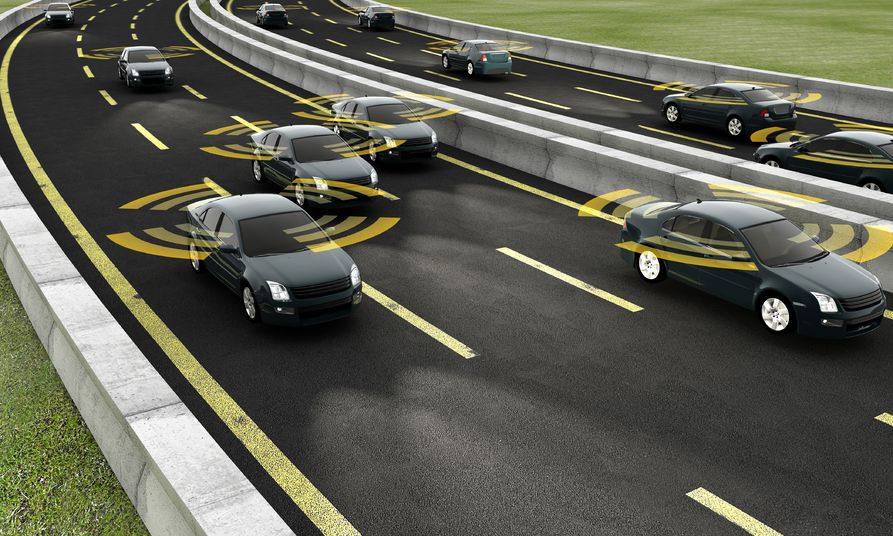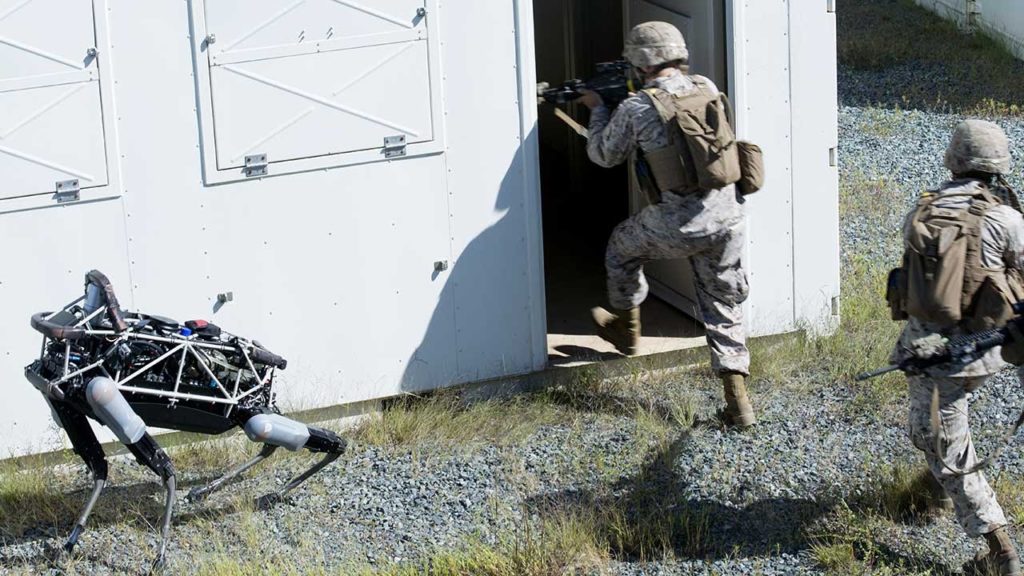Every year nearly 37000 persons lose their lives in automobile accidents in the USA. While the number of fatalities in Europe is 39000. The situation in India is quite alarming. About 82000 lives are lost every year while 4, 25,000 persons are injured-many becoming crippled for rest of their lives in automobile accidents. If one takes into account automobile accidents in other countries of the world, the fatality figure would become quite big. According to studies conducted in the USA and Europe more than 90% accident take place due to human error. If drivers are responsible for as many as 90% of the total lives lost on road accidents, isn’t it a sufficient cause for making motor vehicle driverless?
Human brain and human body have significant inbuilt limitations when it comes to taking instantaneous actions for preventing accidents. This short coming has been identified since long and the American and European automotive engineers have been seriously trying to devise self-driving car for over half century. The most imaginative plan has been drawn up by R&D experts of seven European automotive giants in collaboration with some major European universities. Let us envisage a mental picture of tomorrow’s fully automatic driverless vehicle and the technology which permits driver to read newspaper, watch video films, or even take a nap whenever he wants.
Few smart (Driverless) cars:
Google has been working on driverless, smart car for decade now and their first car has travelled more than 1million miles on regular roads of California with some minor errors. Though errors or accident were caused by human fault. Google has made considerable progress developing the artificial intelligence in their futuristic vehicle. There are some vehicles that parks itself, shows the warning, differentiate between pedestrian and tress or mailbox, read traffic signals and poke the driver if he or she feels drowsy.
Car maker Mercedes-Benz had introduced a self-driving concept car in 2015 in Frankfurt auto show. The front seat of the car can turn around to face each other in passenger compartment while car drives itself. MB also offers Attention Assist technology as well that controls the acceleration, braking and steering.
Auto-manufacturer Tesla has unveiled the new feature called Autopilot that do not require driver’s attention on highway after getting on certain speed.
Technology behind the Driverless car
The main technology behind the driverless car is called Adaptive cruise control which uses the infrared camera or radar to detect the objects on the road, measure the distance from another car, read the traffic lights and even alert the driver when something goes wrong. ACC or adaptive cruise controlled car can be equipped with certain other technology which was introduced by German and Swedish car manufacturer.
The European commission started to finance an innovative work venture called PROMETHEUS. Ernst Dieter Dickmanns, specialist at the Universitat der Bundeswehr, made tremendous advances in the eight years being developed of self-ruling auto. The last show of the undertaking included two re-built Mercedes 500 SEL models driving 620 miles on the multilane auto courses in Paris. The VAmP and its twin, Vita-2, achieved rates of 80 miles for each hour and were effectively modified to move into the fast tracks consequently to surpass moderate vehicles. After the main car vision framework was created that measures the separation from the vehicle to trees, letter box, and different vehicles. At the point when the framework sees a person on foot, it cautions the driver and afterward stops the auto if the driver does not react. Current driverless auto can even recognize the speed of alternate vehicles, cyclist and person on foot cruising towards it and act as per it with no endeavors from driver.
A few people stress over what may happen if a driverless auto’s PCs come up short or experience a glitch. Another worry is hacking: somebody could break into an auto’s PC to change its goal or cause a mishap. In spite of these issues, driverless autos are in all likelihood more secure than autos driven by individuals.





